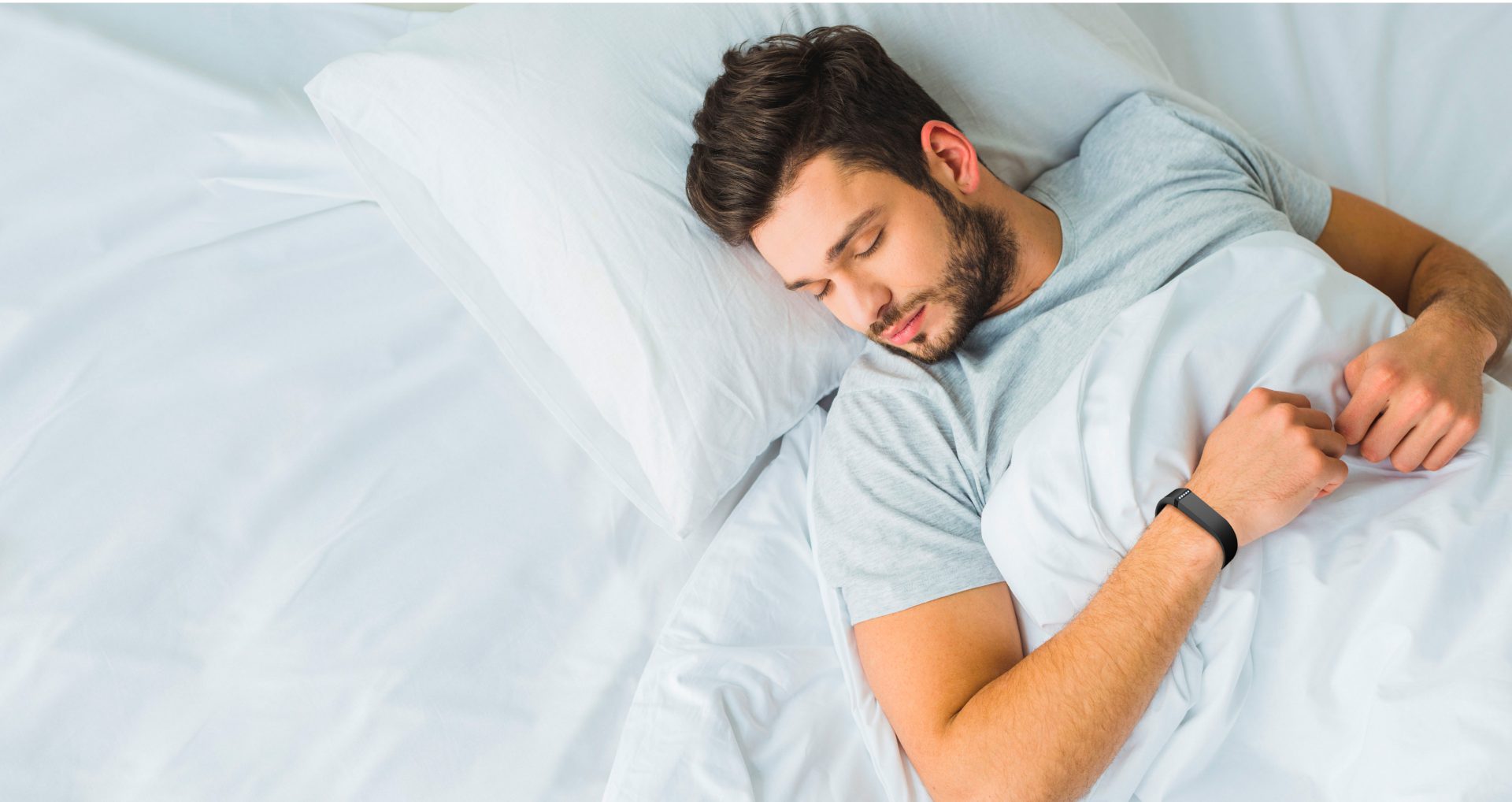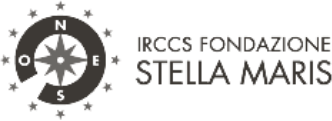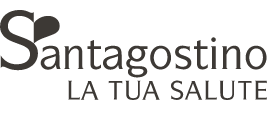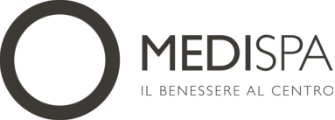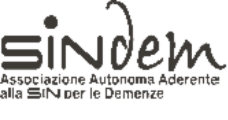Panoramica
Dormi, our neural network, as-a-service
Dormi is an algorithm that is the result of 10 years of research, involving doctors, bioengineers and artificial intelligence experts
Dormi has been tested on low-cost “commercial” wearable activity trackers and validated against the gold standard (polysomnography) in over 500 recordings
Dormi is available via REST API
Dormi is based on an optimized neural network architecture, trained on more than 6,500 actigraphic examinations
Dormi is a CE Class I certified medical device
Dormi analyses and transmits the collected data in accordance with the GDPR for the protection of sensitive patient data

